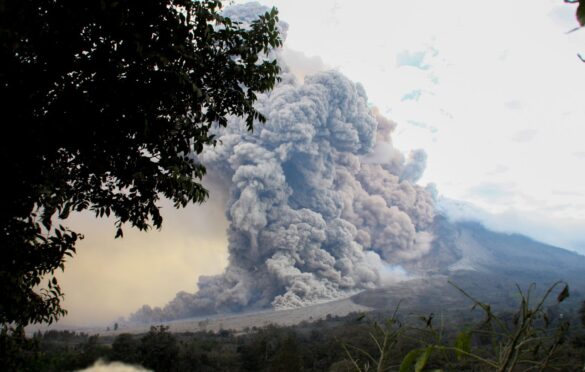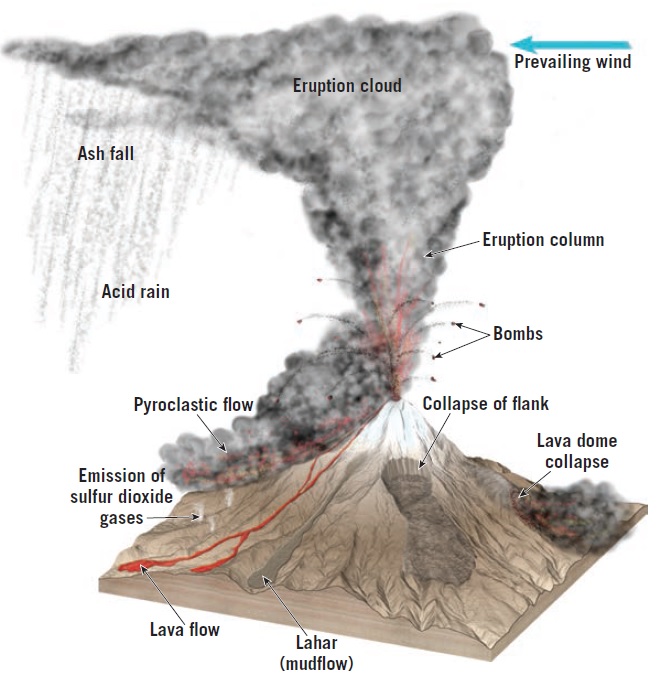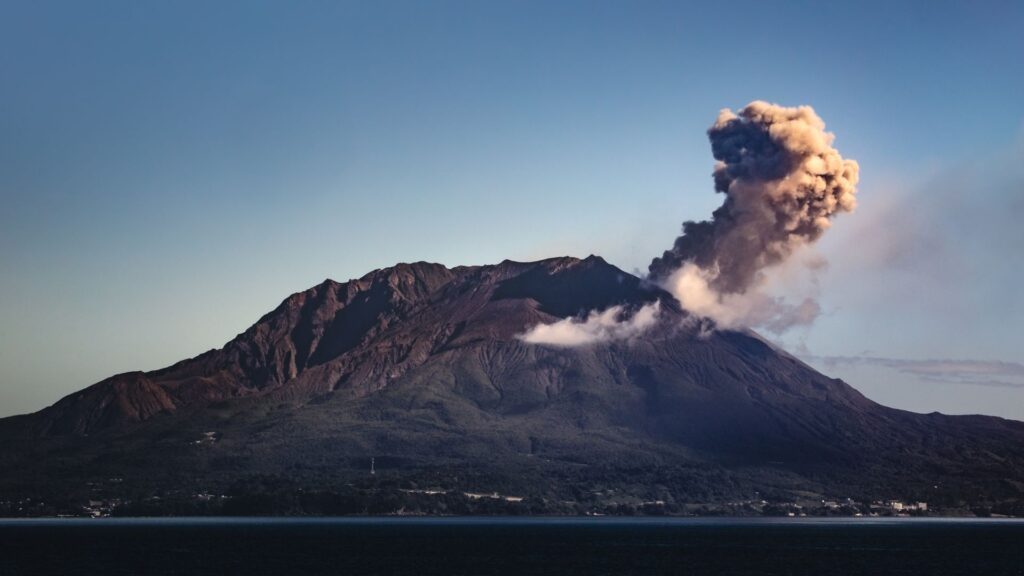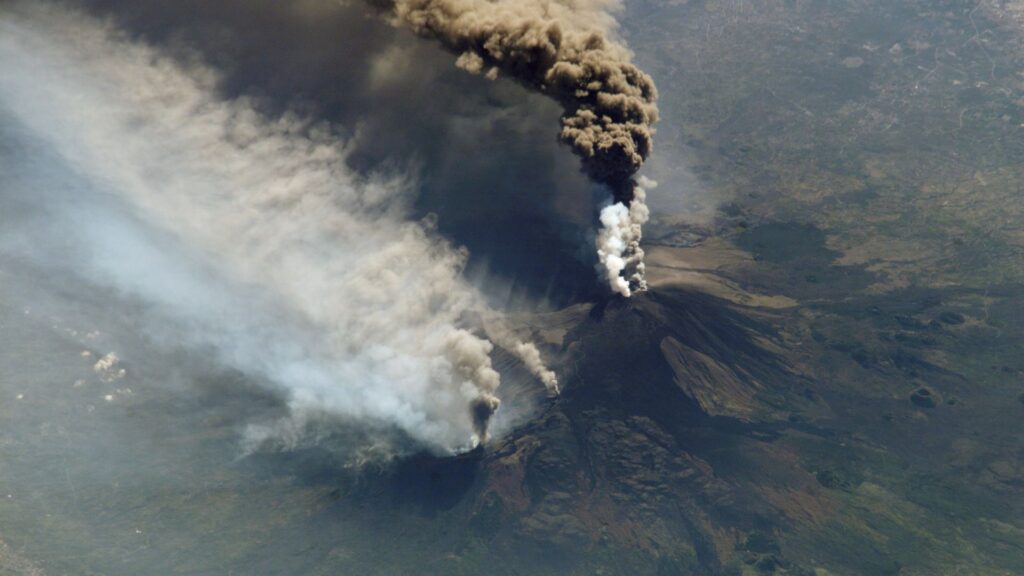Understanding Volcanic Hazards

Introduction
Volcanic hazards are a critical aspect of geology that can have profound effects on both the environment and human populations. In this comprehensive guide, we will delve into the various types of volcanic hazards, their causes, and the measures to mitigate their impact. Whether you’re a student, a geology enthusiast, or someone living in a volcanic-prone region, this article will provide you with essential insights into volcanic hazards.
Types of Volcanic Hazards

Volcanic hazards encompass a wide range of phenomena that can pose risks to both human lives and the environment. The primary types of volcanic hazards include:
1. Lava Flows
Lava flows are the most visually striking volcanic hazard, characterized by molten rock slowly moving downhill. These can cause damage to infrastructure and vegetation.
2. Pyroclastic Flows
Pyroclastic flows consist of hot gases, ash, and volcanic rock fragments moving at high speeds down the volcano’s slopes. They are highly destructive and can cause casualties over a wide area.
3. Ashfall
Volcanic ash, fine particles of pulverized rock and glass, can fall hundreds of kilometers from an erupting volcano. It poses risks to respiratory health, aviation, and infrastructure.
4. Volcanic Gases
Erupting volcanoes emit gases such as sulfur dioxide and carbon dioxide. These gases can be harmful to human health and contribute to air pollution and climate change.
5. Volcanic Debris Flows (Lahars)
Lahars are fast-moving mixtures of water, volcanic ash, and debris that flow downhill, often following river valleys. They can destroy anything in their path.

Causes of Volcanic Hazards
Understanding the causes of volcanic hazards is crucial for assessing and mitigating their impact. These hazards result from various geological processes, including:
1. Plate Tectonics
Volcanic hazards are often associated with tectonic plate boundaries. Subduction zones, where one plate dives beneath another, frequently lead to volcanic eruptions.
2. Magma Chamber Pressure
Increased pressure within a volcano’s magma chamber can trigger eruptions. The release of built-up pressure leads to volcanic activity.
3. Volcanic Eruptions
The type of volcanic eruption, whether explosive or effusive, plays a significant role in the type and severity of hazards produced.
Monitoring and Prediction
To protect lives and property, monitoring and predicting volcanic hazards are essential. Scientists employ various techniques to track volcanic activity, including:
Volcano Monitoring Techniques
| Technique | Description |
|---|---|
| Seismology | Measures ground tremors and earthquakes. |
| Gas Emission Analysis | Monitors the composition of volcanic gases. |
| Thermal Imaging | Captures temperature changes on the volcano’s surface. |
| Remote Sensing | Uses satellite imagery to detect changes in the volcano’s appearance. |

Mitigation and Preparedness
Effective mitigation and preparedness strategies are critical for minimizing the impact of volcanic hazards. Communities and authorities should take proactive measures, including:
Volcanic Hazard Mitigation Strategies
- Early Warning Systems Establishing systems to provide timely alerts about volcanic activity to at-risk populations.
- Evacuation Plans Developing evacuation routes and shelters for those living near volcanoes.
- Land Use Planning Restricting development in high-risk areas to reduce exposure to hazards.
- Public Education Educating communities about volcanic risks and safety measures.
Conclusion
Volcanic hazards are a natural part of our planet’s geology, and understanding them is crucial for minimizing their impact on human society and the environment. By recognizing the types and causes of volcanic hazards, implementing effective monitoring and prediction methods, and taking proactive mitigation measures, we can reduce the risks associated with living in volcanic-prone regions.
In conclusion, staying informed and prepared is key to safeguarding lives and property in the face of these powerful geological phenomena. Remember that knowledge and readiness are the first lines of defense against volcanic hazards.
